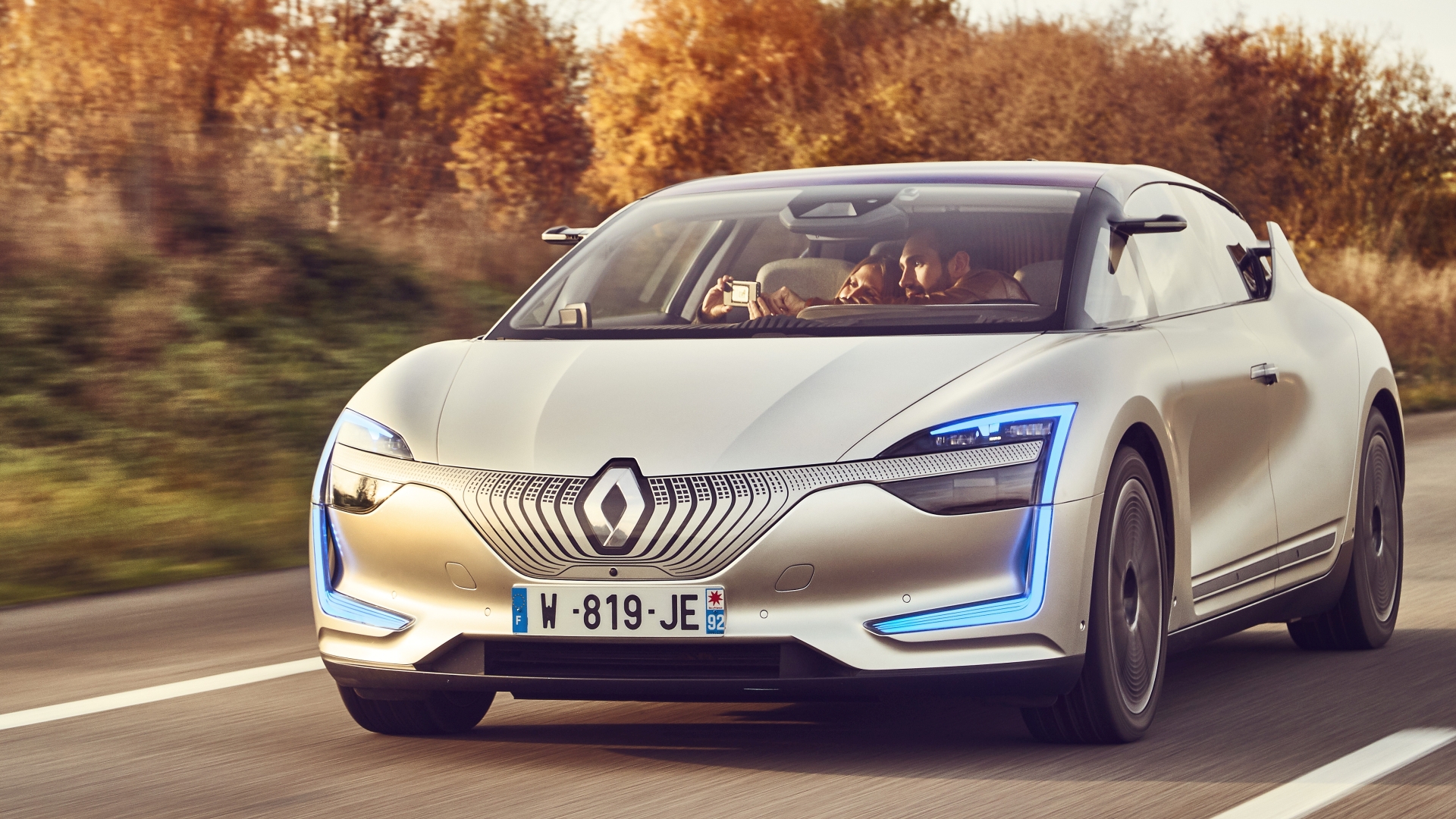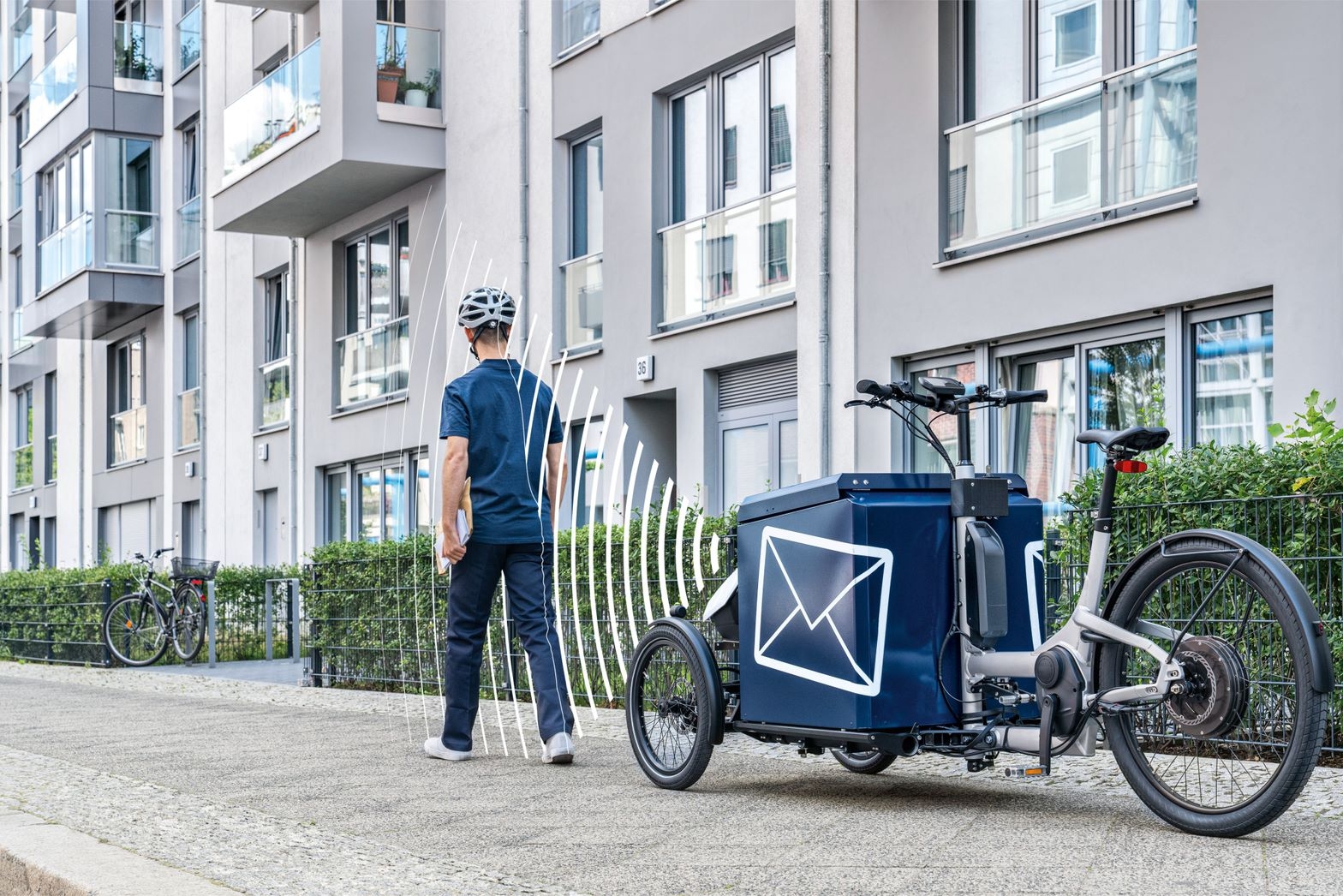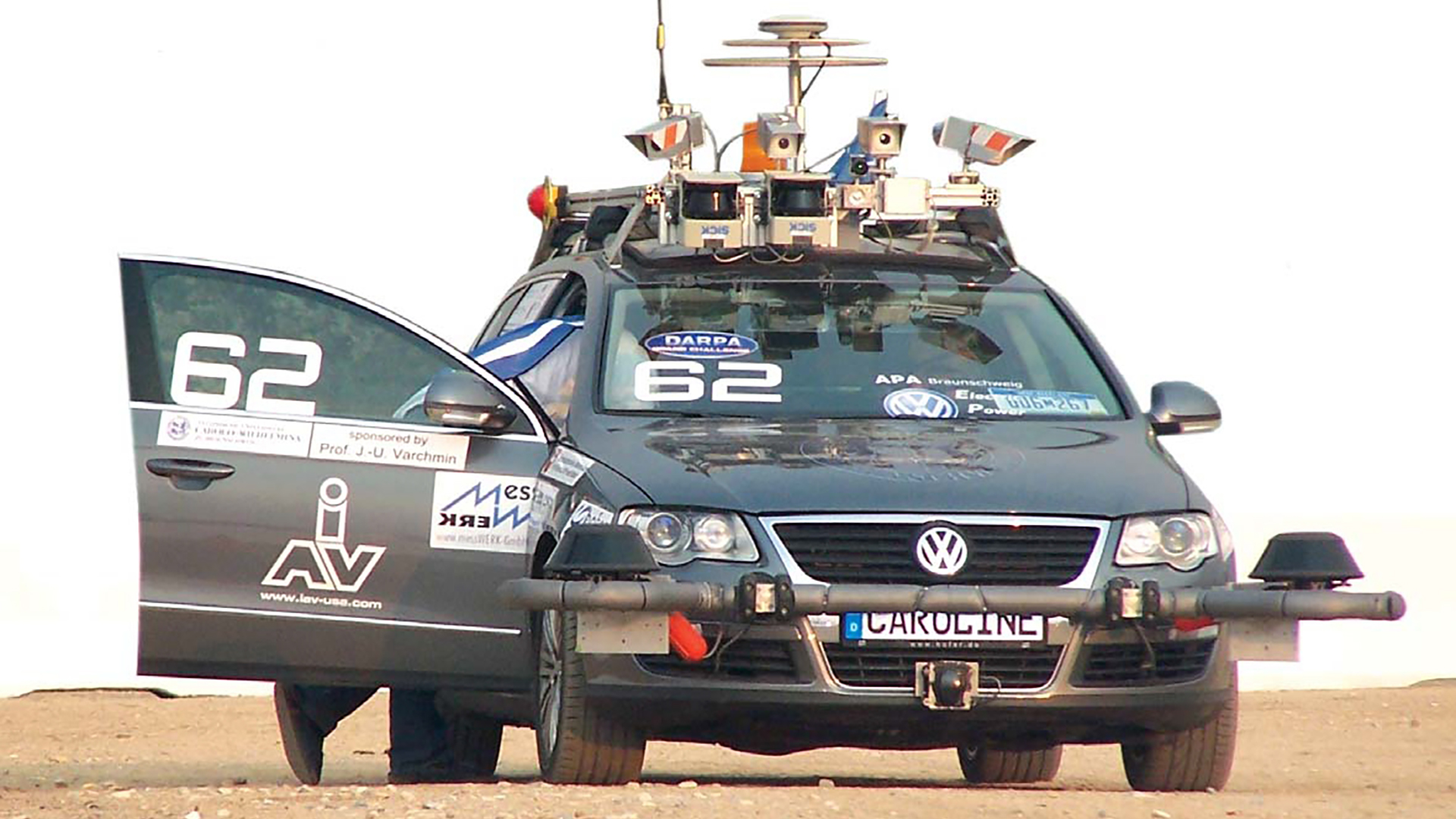#IAV40
Fully autonomous into the future
IAV has been researching driver assistance systems and sensor technology for almost 30 years and has put this expertise to use in numerous projects. Whether the start of ACC research in 1995, the first vehicle with Level 2+ autonomy in 2003 or the fully autonomous HEAT Shuttle in 2019 – the list of references is long.
“We can make a positive contribution to development in all topics related to automated driving,” says Mirko Taubenreuther, head of the Automated Driving Functions division at IAV.
IAV’s main feature is its “integration competence” in operations – the systemic integration of components via sensors, actuators and functions through to testing and validation and the commissioning of vehicles or complete systems.
“When it comes to automated driving, this system competence is a strength that not very many companies bring to the table,” says Taubenreuther, who has been with IAV since 2009.
Starting point FEZ Chemnitz 1997
The nucleus of automated driving at IAV was the opening of the Fuzzy Development Center (FEZ) in Chemnitz in the mid-1990s, where topics in the field of Adaptive Cruise Control (ACC) were first dealt with in technology development using the methods of fuzzy logic.
Since then, IAV has successively expanded its expertise in automated driving through its own research and development projects as well as pre-development. As early as 2003, the first vehicle was realized in accordance with SAE Level 2+, while in 2007 participation in the U.S. “DARPA Urban Challenge” competition with a team from Braunschweig Technical University provided valuable insights.
Other flagship projects in the Technology & Research area in 2017 included the development of the Renault SYMBIOZ into a fully automated, Level 4-capable vehicle; the introduction of and participation in the state-funded package of measures “Development of Synchronous Mobility in Saxony”; and, since 2019, the fully autonomous, electrified shuttle HEAT, which drove through Hamburg’s Hafencity – IAV’s first complete vehicle development and one of the showcase projects at the ITS World Congress 2021.
Focus not only on passenger cars
“On the one hand, we want to build up expertise internally with these projects, and on the other hand, we want to strengthen our overall solution expertise before the market makes corresponding inquiries to us,” explains Taubenreuther. “When the customer comes with his problem, we want to have the solution already ready.”
One thing is already clear: IAV’s focus in automated driving is not just on private transport, but also on the high or full automation of passenger transport, logistics or overarching intelligent transport systems – the latter playing an important role for the mobility of the future in particular and thus for all modes of transport.
“We will continue to play a key role in shaping the further development of automated driving in the future and will not limit ourselves to passenger cars,” says Taubenreuther.





